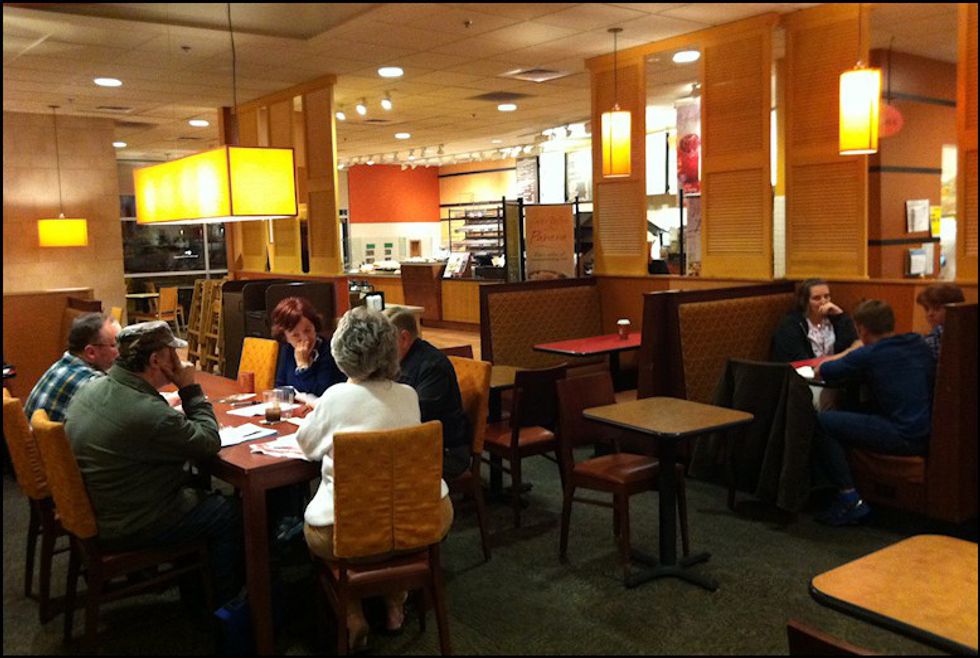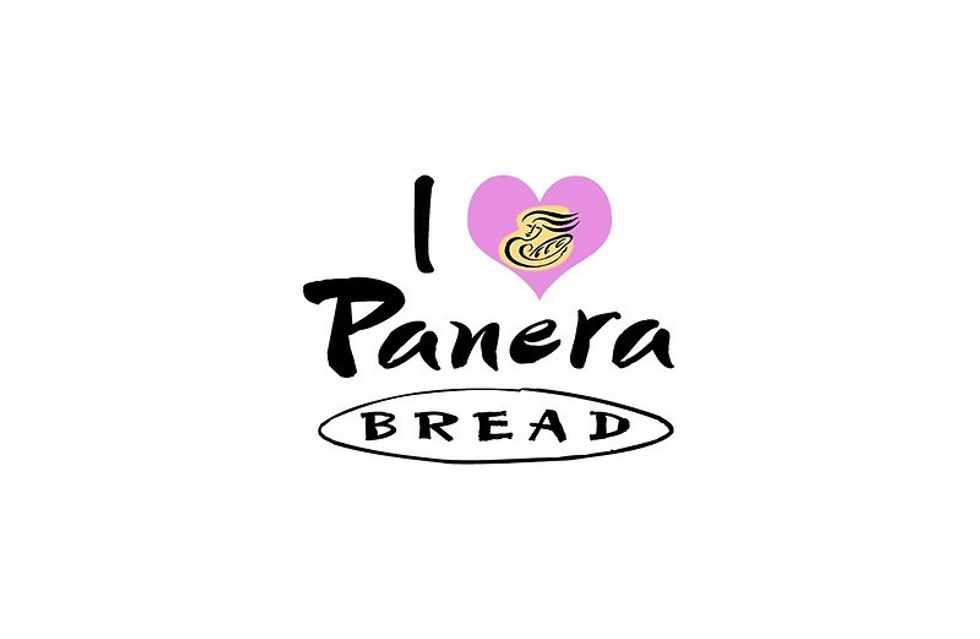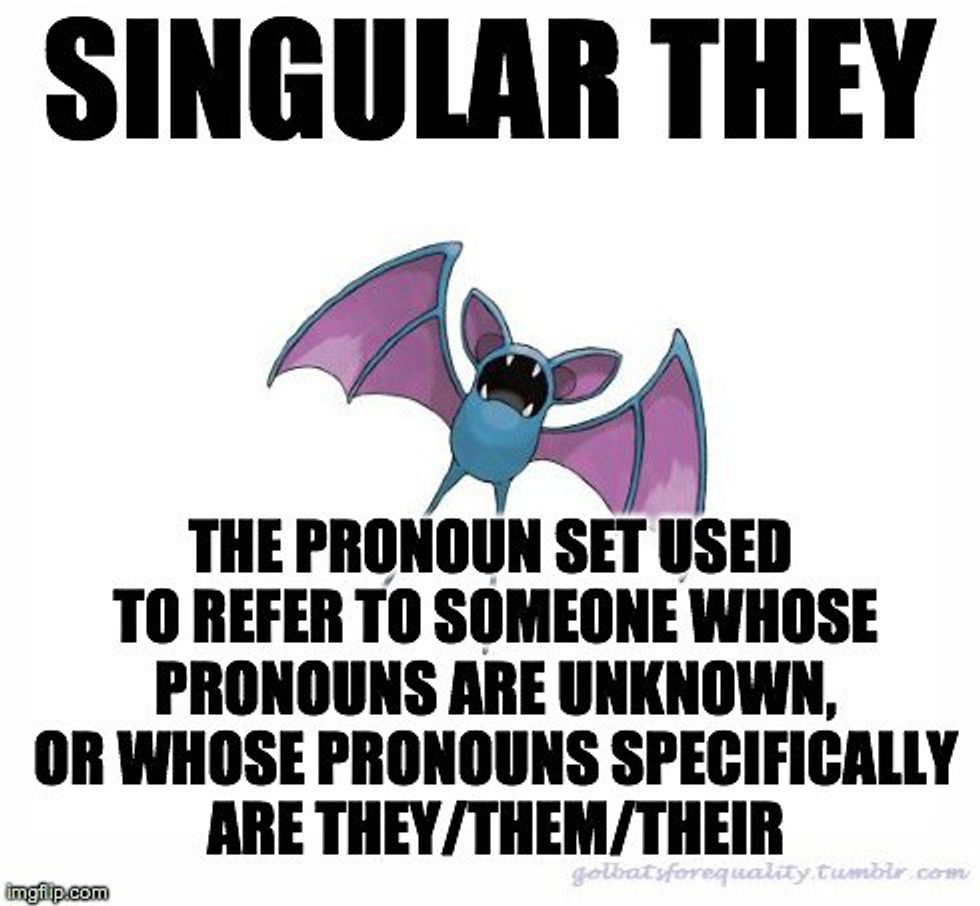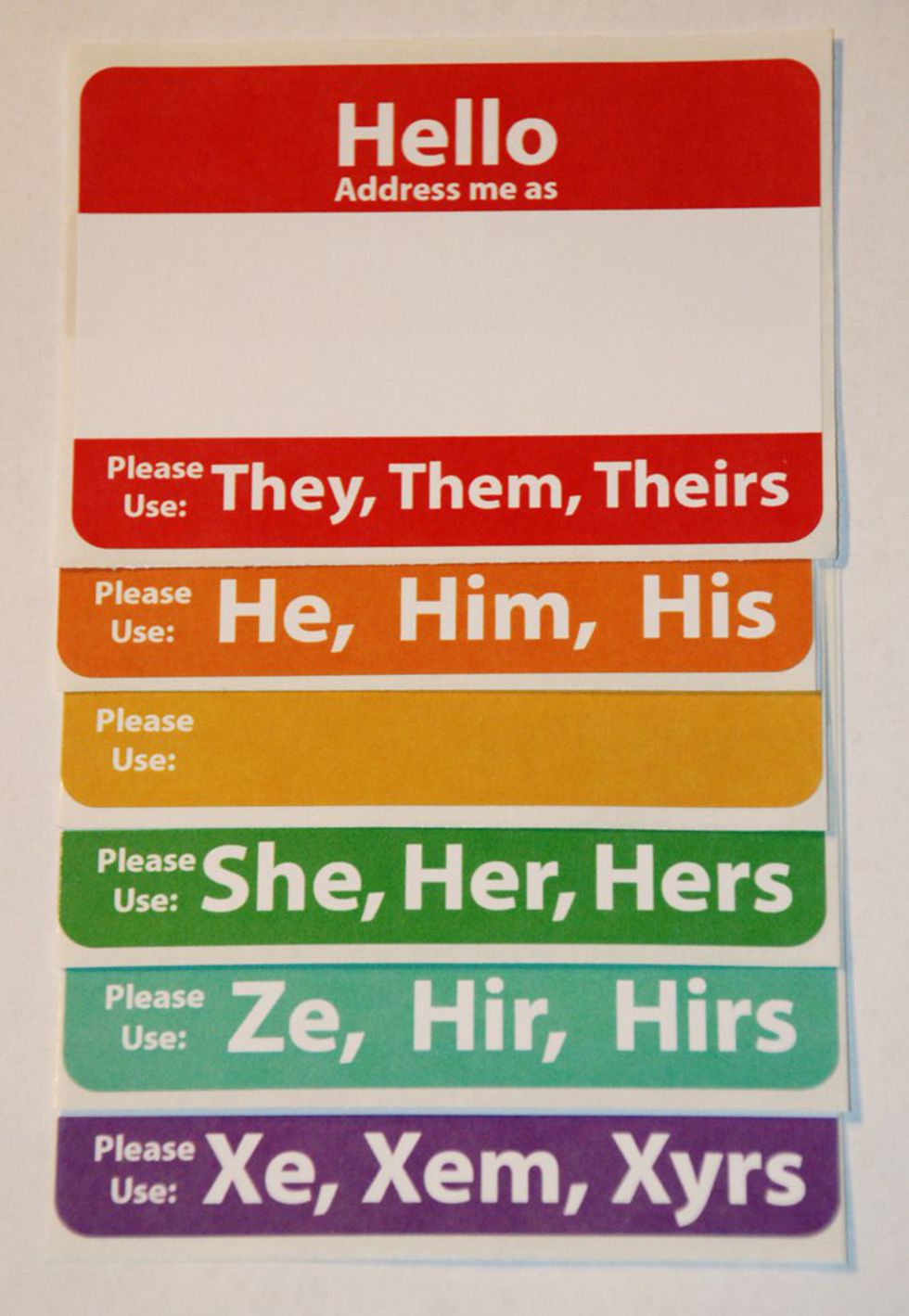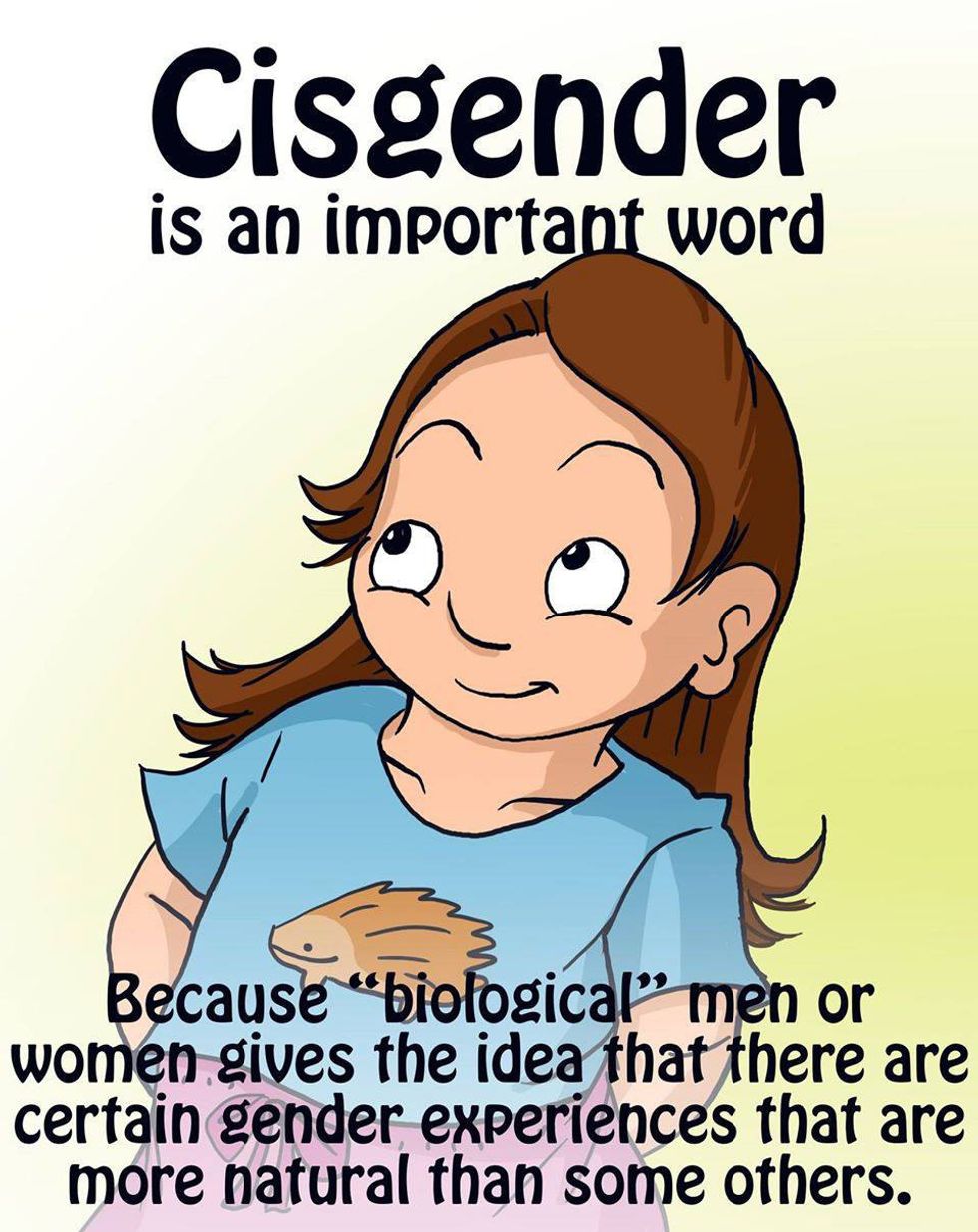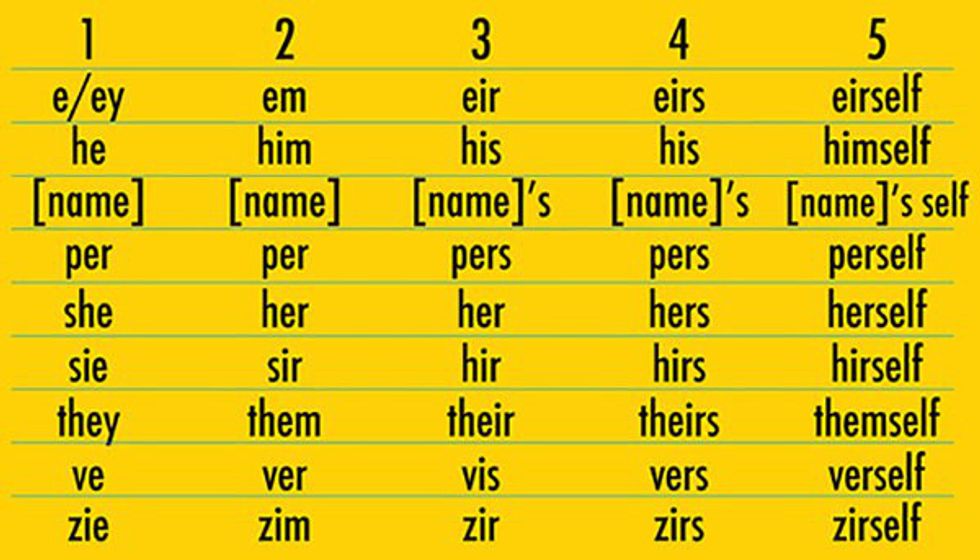When I was first called “whitewashed”, I was nineteen years old and didn’t know what to say. I turned it over in my mind. I tried to process how I felt. Finally, after much agonizing, philosophizing, and twelve viewings of The Debut, I decided that I was offended.
For those of you who don’t know, to be whitewashed means that you have successfully assimilated into white, Western culture. Your skin is not “white” but everything else about you is. (Pro tip: You do not get to call someone whitewashed if you don’t belong to the same ethnic group as them. Yeah, I’m still heated.) For Filipino-Americans, “whitewashed” carries some extra baggage.
I put family first. I like to sing. I care deeply about my grades, and when I cook rice, I use my finger to measure the water. What could be any more Filipino than any of these things? How was I possibly failing to convey my Filipino identity to the point of coming off as whitewashed?
The simple truth is that for Filipino-Americans, our ethnic markers are not obvious. Something gets lost in the space between one country and another, our psyches affected by our belonging not to any single place, but to a diaspora, a physical migration. Something further gets lost when, like me, you move from a community full of Filipinos, my hometown in Northern California, to UC Santa Cruz, quite possibly the whitest school besides Hogwarts. So the question arises: What is it exactly that's being lost? To answer this is to understand the complexity of the Filipino-American identity.
First, I think, we have to understand that “whitewashed” carries so much baggage for us because of the Philippines’ history as a U.S. colony; Americanness pervades Filipino culture long before any Filipino immigrant steps foot onto U.S. soil. Filipinos already know English, were educated by an American-based school system, and, upon arrival in the States, comfortably situate themselves and their families into the economic middle class. We therefore appear to assimilate easier than other groups.
To be Filipino-American is to belong everywhere and nowhere.
Having never grown up in the Philippines, we can never fully belong there. Here in the U.S., we are still torn. Are we Pacific Islanders? Not technically. Are we Asian? We don’t look like the Asians on TV, but we’re still stereotyped the same. Do we have more in common with Chinese Americans, or with Mexican Americans? Why do Filipino youth identify with hip hop music and appropriate African-American speech? Who are we? We have to belong somewhere.
"The immigrant linguistic paradigm of losing native-language fluency by the third generation is dramatically altered for the Filipino community: Most second-generation Filipino Americans are not able to communicate in the first language of their parents."
—Jocelyn Eclarin Azada, "Filipino American Families and Globalization"
To be Filipino-American is to be monolingual. The normal pattern of language loss for immigrant groups goes like this: First-generation immigrants are monolingual in their native tongue; second-generation is bilingual in that tongue and in the language of their host country (e.g. English for the U.S.), and the third-generation is monolingual in the host country’s language. But for Filipino families in America, the pace of this loss quickens.
It’s a cultural pattern that may puzzle other immigrant groups who view their native language as a source of ethnic pride, a tool of solidarity, an identity marker. And it is. But for Filipino parents, who usually already speak English, passing Tagalog on to their children is simply not a priority. It is far more important to speak perfect English. To be assimilated. (Nevermind the fact that being bilingual is not, in any way, detrimental to English-speaking proficiency.)
The result? Loss of identity. The Mexican kids can speak Spanish to each other at school; the Chinese kids can speak their Mandarin, their Cantonese. Lacking this connection with each other, we're left with few cultural traits to draw upon.
To be Filipino-American is to be sentimental. We Filipinos have our love songs, our teleseryes, we love to get heated about politics—says one PhilStar article interviewee, “Emosyonal talaga ang mga Pilipino.”
But all joking aside, for Filipino-descent peoples in America, there’s the extra baggage of assimilation and its effects on our psychological development. What little research exists shows, over and over, higher rates of depression than those of other Asian American groups; psychologist Kevin Nadal also points out that Filipino-Americans seek mental health treatment at lower rates than other groups. To chalk it up to “Filipino sentimentality” would ignore the very real histories of identity struggles, family pressures, self esteem issues, and cultural loss that are unique to Filipino-Americans.
To be Filipino-American is to place family above all. Like many immigrant groups, the struggle of foreignness and the need to create support systems for ourselves results in becoming family-oriented in every aspect of life, contrasting with American ideals of individualism and personal success. As one research study observes,
[Filipinos'] low level of family disruption compared with US averages may not necessarily reflect more harmonious marriages, but instead, Filipino ideologies of family cohesion, unity and loyalty, a Catholic aversion to divorce, and perhaps a greater need to cohere to the smaller family unit due to the absence of the wider family network. — Yen Espiritu, "The Paradox of Assimilation"
Complicated family relations are therefore deeply embedded in the Filipino-American consciousness, in our day-to-day struggles, in the way we formulate personal and life goals; with every step we take in life we carry our family with us, the good, the bad, the ugly and beautiful.
To be a Filipino-American woman is to be thick-thighed and exoticized. Existing in the intersection of two identity spaces, nonwhite and female, carries its own struggles — the results of the study linked above also show that rates of depression are the highest for Filipinas.
With our dark skin, thick hair, broad noses, and heavy figures, we don’t fit into Americans’ Lucy Liu image of the slender, light-skinned, cat-eyed, and highly sexualized Asian woman. But Filipinas still undergo the same fetishization by white men — the phenomenon of white sexual imperialism can be seen in the way that the sex trade sprang up around U.S. military bases in the Philippines, with white men as the market’s target consumers. Utak kolonyal, colonial mentality, then becomes further complicated for Filipinas in the U.S. who, carrying an extra layer of colonial history, are presented with conflicting and heavily political images of beauty, desirability, and sexuality.
To be Filipino-American is to crave categorization.
People often express a desire to resist labels, saying that labels destroy the potential of the individual, but a label is what we need — we cannot be “Filipino” on our own. Without language as a tool of solidarity; without a cuisine that is mainstream enough to be found in restaurants; without media representation to normalize us for the rest of the world; all we have left is a collection of subtle traits that go unmarked, undefined, and therefore easily taken for granted. All we have left is simply a way of being that we can only be when we are together.
What is it that makes us Filipino? It is in our sense of humor, the music we like, our style of clothing. It is in our shared experiences, our horror stories with strict parents; it is in the ways we define home, our favorite foods, the influences of our Ates and Kuyas, our inside jokes and the way we appropriate our parents’ accents to feel closer to home. It is in the way we stretch our definition of pamilya to include each other.
From the confusion of the “in-between” we Filipino-Americans have forged a space for ourselves, a space that is only for us; a space that, undefined, is all the more important for us to protect.










